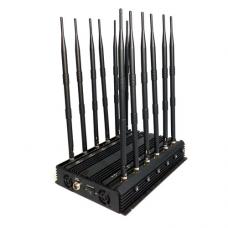According to reports, in the past 18 months, the European Union’s STRIKE3 project has detected more than 160,000 GNSS interference incidents. These events were obtained through sample tests conducted in 14 different countries/regions.
At the beginning of the project, when sampling only in the Nordic countries, most of the incidents were caused by a single narrowband (NB ST) device (see the July 2020 scorecard). The scientists of Nottingham Science Limited (NSL) who were in charge of the project were distraught and could not explain the intent of the NB ST device they observed. It seems that no one will broadcast accurately on the L1 band as expected. One theory is that the transmission comes from a malfunctioning GPS jammer that “stuck” on a frequency and no longer scans the spectrum in the L1 band.

The latest report (August 2020) shows that the sources of white noise and broadband (White WB) are the most common causes of accidents. NSL researchers believe that most of these sources are generated by other RF equipment, power generation, and other sources commonly referred to as "background noise." They also pointed out that very few white noise sources will degrade the quality of GNSS reception. STRIKE3 always classifies these events as "interference events" because the detected signal should not appear at this frequency.
Dr. Mark Dumville of the NSL plans to discuss the work of STRIKE3 at the next TNP National Advisory Committee meeting in Baltimore, Maryland, on May 16, and present his findings in detail.
At the Munich Satellite Summit last year, EU officials announced that they had detected more than 150,000 unique electronic signatures of GNSS jamming devices on the continent.
It is definitely different from the European Union, which has similar problems in the United States and other parts of the world.
